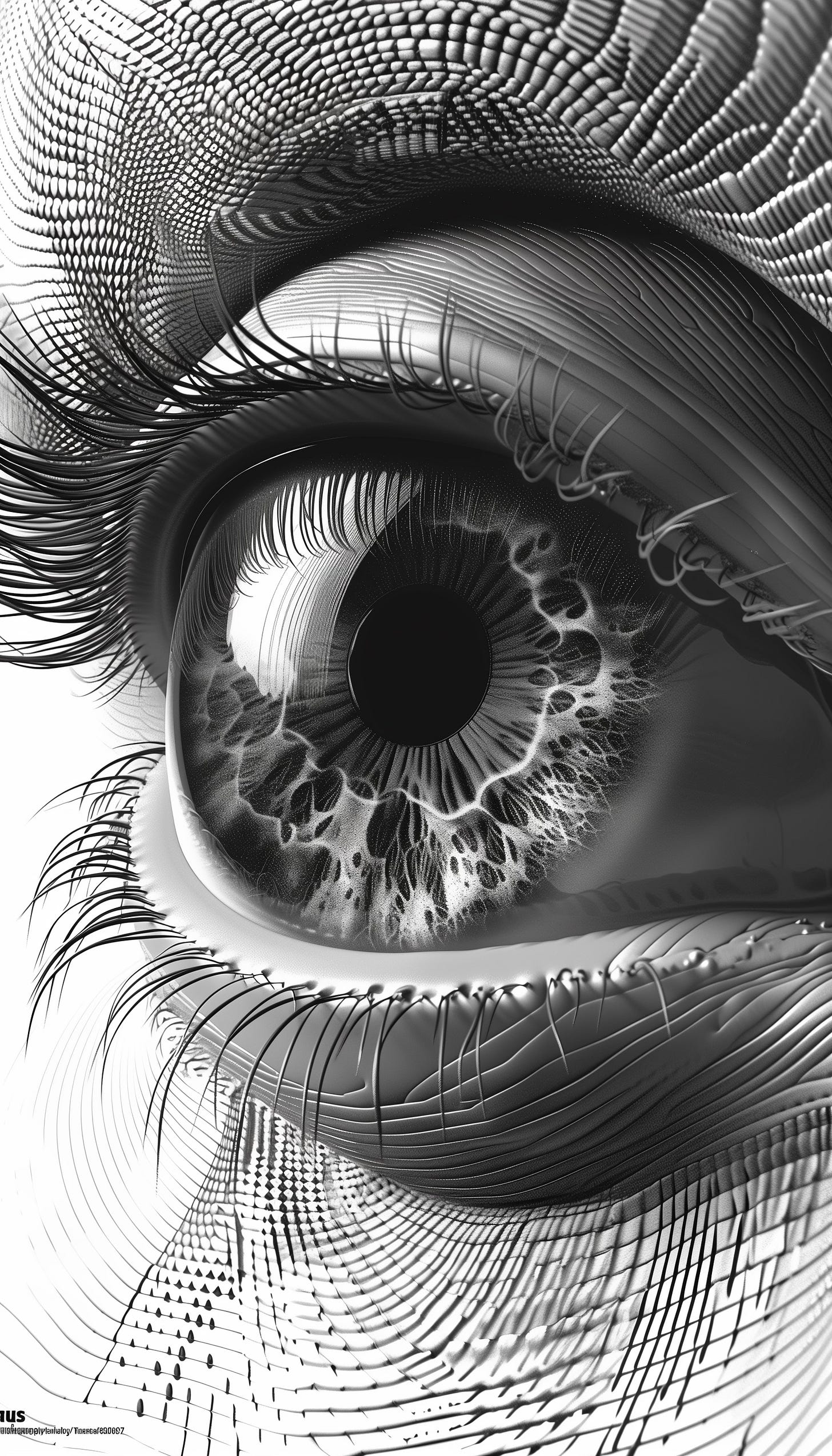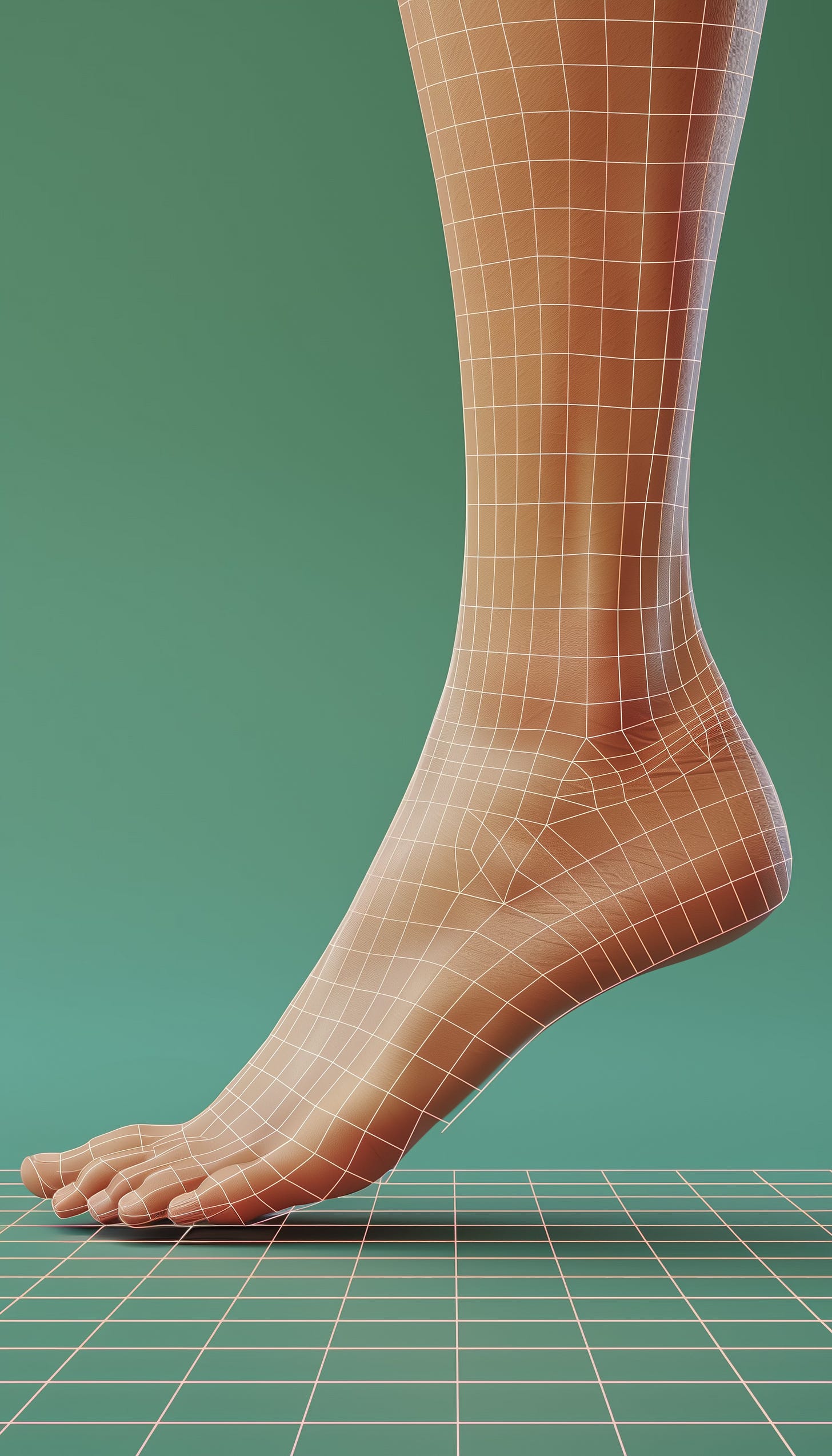Our bodies are constantly evolving and adapting, subtly transforming in response to various internal and external stimuli. Within a single day, you might notice that your feet swell, your vision sharpens or blurs, and your hearing adjusts depending on the time and environment. These natural shifts are a testament to our innate shape-shifting abilities, allowing us to adapt to the world around us. Understanding and embracing these changes can help us navigate them more effectively, ensuring that we feel comfortable and at ease throughout the day.
5 Key Ways Our Bodies Shape-Shift Throughout the Day
Swelling and Shrinking of Feet
Even in a single day, our foot size fluctuates — expanding as much as a half size — according to the Royal College of Podiatry. This fluctuation occurs as gravity pulls fluid into your lower extremities, leading to swelling in your feet and ankles, especially if you've been standing or sitting for long periods. Conversely, when you rest or elevate your feet, the fluid redistributes, and your feet may return to their usual size. It’s also worth noting that there has been a significant shift in our collective foot size over the last century, with feet generally becoming larger due to changes in lifestyle, diet, and footwear.Fluctuations in Vision and Color Perception
Your eyesight can change depending on factors such as light exposure, eye strain, and even your body’s hydration levels. Some people experience sharper vision in the morning or after a period of rest, while others may notice a decline in visual clarity as the day wears on. Additionally, our eyes' ability to perceive a broader spectrum of colors can vary throughout the day, often being more sensitive to subtle color differences in the morning when our eyes are fresh and less strained.Changes in Hearing
Your hearing can be more acute at certain times of the day, influenced by factors like background noise, fatigue, and the body’s natural circadian rhythms. For instance, you may notice a heightened sensitivity to sounds in the quiet of the early morning compared to the bustling noise of midday.Varying Energy Levels
Throughout the day, your energy levels rise and fall in response to factors such as food intake, sleep quality, and stress levels. You may feel more alert and focused in the morning or late afternoon, with a dip in energy after lunch, often referred to as the post-lunch slump.Shifts in Posture and Muscle Tone
Your posture and muscle tone can change throughout the day due to activities, fatigue, and even emotional states. For example, sitting for prolonged periods can cause your muscles to stiffen, while movement and stretching help to realign your posture and restore muscle elasticity.
Hormonal Cycles and Their Impact on Our Bodies
In addition to the daily fluctuations, many people, particularly women, experience changes in their bodies due to hormonal cycles. These cycles, including the menstrual cycle, can cause shifts in energy levels, mood, appetite, and even physical appearance. For example, during different phases of the menstrual cycle, women might notice changes in skin texture, body temperature, and water retention, leading to feelings of bloating or swelling.
Men also experience hormonal fluctuations, although less pronounced, which can impact energy levels, mood, and even physical stamina. Understanding these cycles can help both women and men navigate their daily routines more effectively, aligning activities and self-care practices with their body's natural rhythms.
Historically and culturally, these fluctuations have been recognized and respected in various ways. Many ancient cultures, such as those in India and China, developed systems of medicine and wellness practices that consider these natural cycles. In Ayurvedic tradition, for example, different phases of life and times of day are associated with specific doshas, or energy types, that influence how the body functions. Similarly, Traditional Chinese Medicine (TCM) emphasizes the importance of balancing yin and yang energies, which can fluctuate with hormonal changes.
These cultural practices highlight the wisdom of aligning our lifestyles with our bodies' natural rhythms, embracing the idea that our bodies are in a constant state of flux.
Tips for Navigating Daily and Hormonal Bodily Fluctuations
Choose Comfort-First Fashion
Opt for clothing and footwear that adapt to your body’s changes. Shoes with adjustable straps or elastic bands can accommodate foot swelling, while breathable fabrics and layered outfits allow for comfort as your body temperature and posture shift throughout the day.Hydration is Key
Staying well-hydrated can help mitigate some of these fluctuations, particularly with vision, energy levels, and even hormonal changes. Keep a water bottle handy and sip throughout the day to support your body’s needs.Practice Mindful Movement
Incorporate gentle stretches or short walks into your routine to help counteract the effects of posture changes, muscle stiffness, and hormonal fluctuations. A few minutes of stretching in the morning, during breaks, and before bed can make a significant difference.Listen to Your Senses and Cycles
Pay attention to when your vision, hearing, or energy levels seem sharper or duller, and adjust your activities accordingly. For those who experience hormonal cycles, consider tracking them to better understand how they affect your body and plan your day with those fluctuations in mind.Prioritize Rest and Recovery
Give your body the rest it needs to recover and reset from the day’s shape-shifting. Elevate your feet, relax in a quiet, dimly lit space, and practice deep breathing or meditation to help your body find balance. During times of hormonal fluctuation, such as menstruation, consider extra rest and self-care practices to support your body's needs.
By understanding the natural fluctuations our bodies experience throughout the day and over longer cycles, we can better adapt to these changes, ensuring that we feel our best at every moment. Embrace your inner shape-shifter, and remember that these shifts are a natural and essential part of being human.








